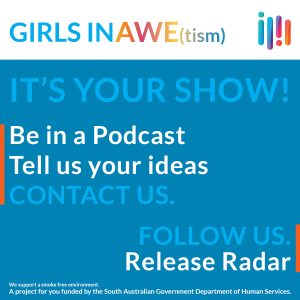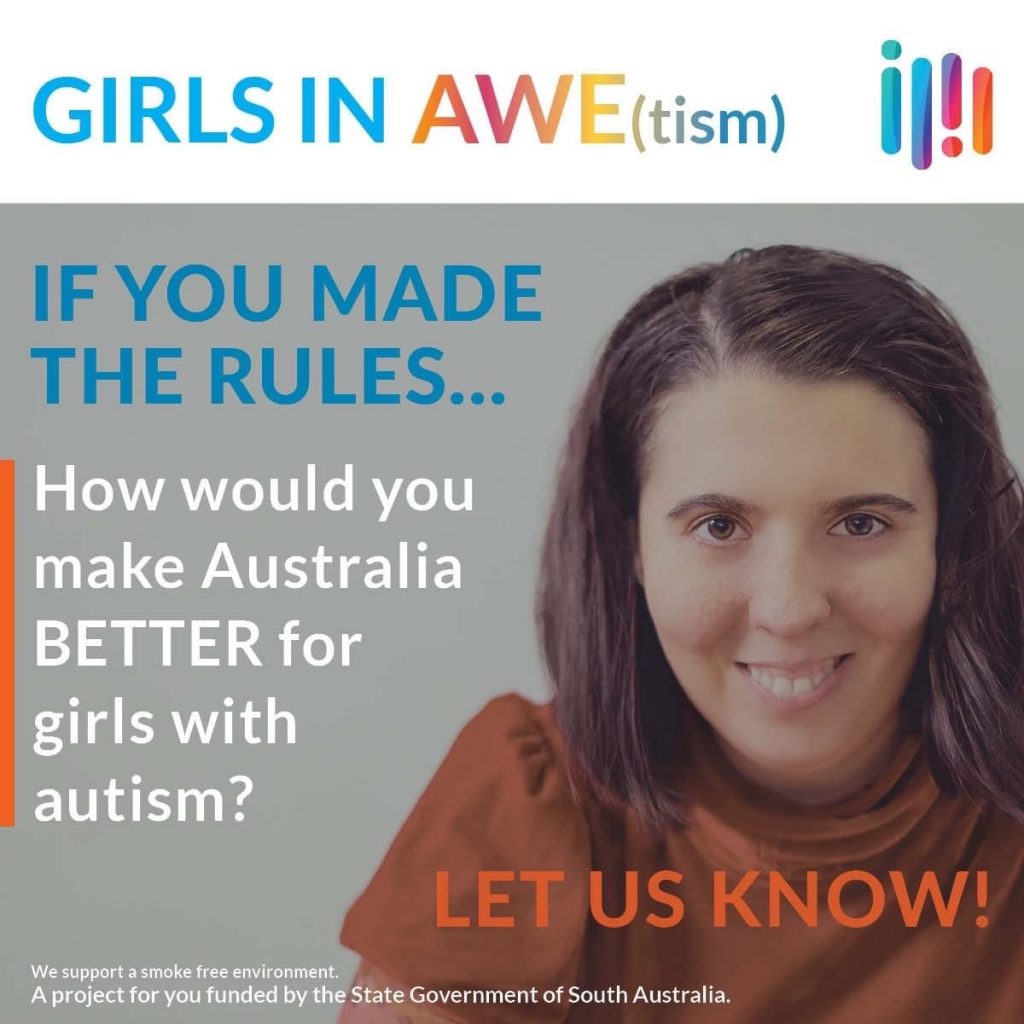Neurodiversity
NEURODIVERSITY
Neurodiversity is a term commonly used to describe the ways people’s brains and minds may work differently. The term includes diversity of thinking and operating such as:
Attention Deficit Hyperactivity Disorder 'ADHD'
Attention deficit hyperactivity disorder (ADHD) can be categorised into 2 types:
- inattentiveness (difficulty concentrating and focusing)
- hyperactivity and impulsiveness
Many people with ADHD have traits that fall into both of these categories, but this is not always the case.
Autism Spectrum Disorder
Autism affects how a person feels and thinks, how they interpret and interact with others, and how they experience sensory stimulation in the environment. Every person has a different experience of autism.
Many of the challenges for a person with autism come about when they are not understood and supported, and when they don’t feel comfortable in a word that is mostly neurotypical.
Characteristics of autism relate to things like
- language
- thinking patterns
- interests
- social interaction
- sensory processing
- communication
- emotional processing and regulation
Dyslexia
Dyslexia is a specific language learning difference. People with dyslexia may struggle to sound out words, identify letters and match them to sounds, spell out sounds and order letters and sounds correctly. Individuals with dyslexia often learn in a different way to support their approach.
Dyspraxia
Dyspraxia means “a breakdown of praxis [action]”, and affects movement and co-ordination, the planning of what we do and how we do it. It involves a disruption in the way messages from the brain are transmitted to the different parts of the body, leading to a lack of co-ordination and clumsiness, and/or problems of perception, language and thought.
The term Neurdiversity also encompasses other learning disabilities.
ORIGINS OF TERM ‘NEURODIVERSITY’
Neurodiversity is a term originally used by Australian sociologist, Judy Singer, in the late-1990s.
Singer realised that, just as we have unique features such as fingerprints and eyes, we all have different brains, too. We all have our own strengths, weaknesses and experience things differently.
“Neurodiversity” is:
– a state of nature to be respected
– an analytical tool for examining social issues
– an argument for the conservation and facilitation of human diversity” — Judy Singer 2020
CHALLENGING STEREOTYPES
The medical model of disability describes disability as having some type of deficit. The medical model wants to ‘treat’ and ‘cure’ differences.
Neurodiversity is aligned with the social model of disability: a belief that disability stems from a society that doesn’t appropriately accommodate varying needs. Impairment should not be a barrier to inclusion or access, and an individual does not need to be “normal” to enjoy the full range of human experience.
By challenging stereotypes and misconceptions about neurological differences, we can embrace uniqueness. We can take advantage of the differences and focus on ability, rather than ‘dis’ability.
HOW DACSSA SUPPORTS NEURODIVERSITY
At DACSSA we value neurodiversity. Many of the members of the team at DACSSA have lived experience of neurodiversity.
Neurodiversity can impact a person’s life in many ways, from everyday tasks, to employment and education, social engagement, mental wellbeing, and relationships.
The unique way that people experience life can sometimes make it difficult for other people to understand their needs or to feel connected.
DACSSA works to remove discrimination, and work through specific challenges associated with disability and neurodiversity. DACSSA has assisted neurodiverse people in navigating challenges associated with:
- education (such as kindergartens, schools, universities, TAFE), teachers and other supports
- employment and the workplace
- NDIA and supports
- housing and accommodation
- access to services
- navigating systems
We also work to affect systemic change when we see an issue that affects many people.
We aim to create an accessible space for neurodiverse individuals. We encourage you to let us know what we can do to help you feel safe and supported when accessing DACSSA.
GIRLS IN AWE(tism)
COVID-19 can be challenging for neurodiverse people. To foster connection and belonging, DACSSA created a podcast! GIRLS IN AWE(tism) is a podcast by and for girls with autism. It’s a safe place to share experiences, stories and wisdom.
You can access the GIRLS IN AWE(tism) series online, through our GIRLS IN AWE(tism) page and on Podbean, and contribute content and ideas to DACSSA directly.

NEED SUPPORT?
If you feel you need support you can call, email or use our online form to contact us.
CONTACT US
